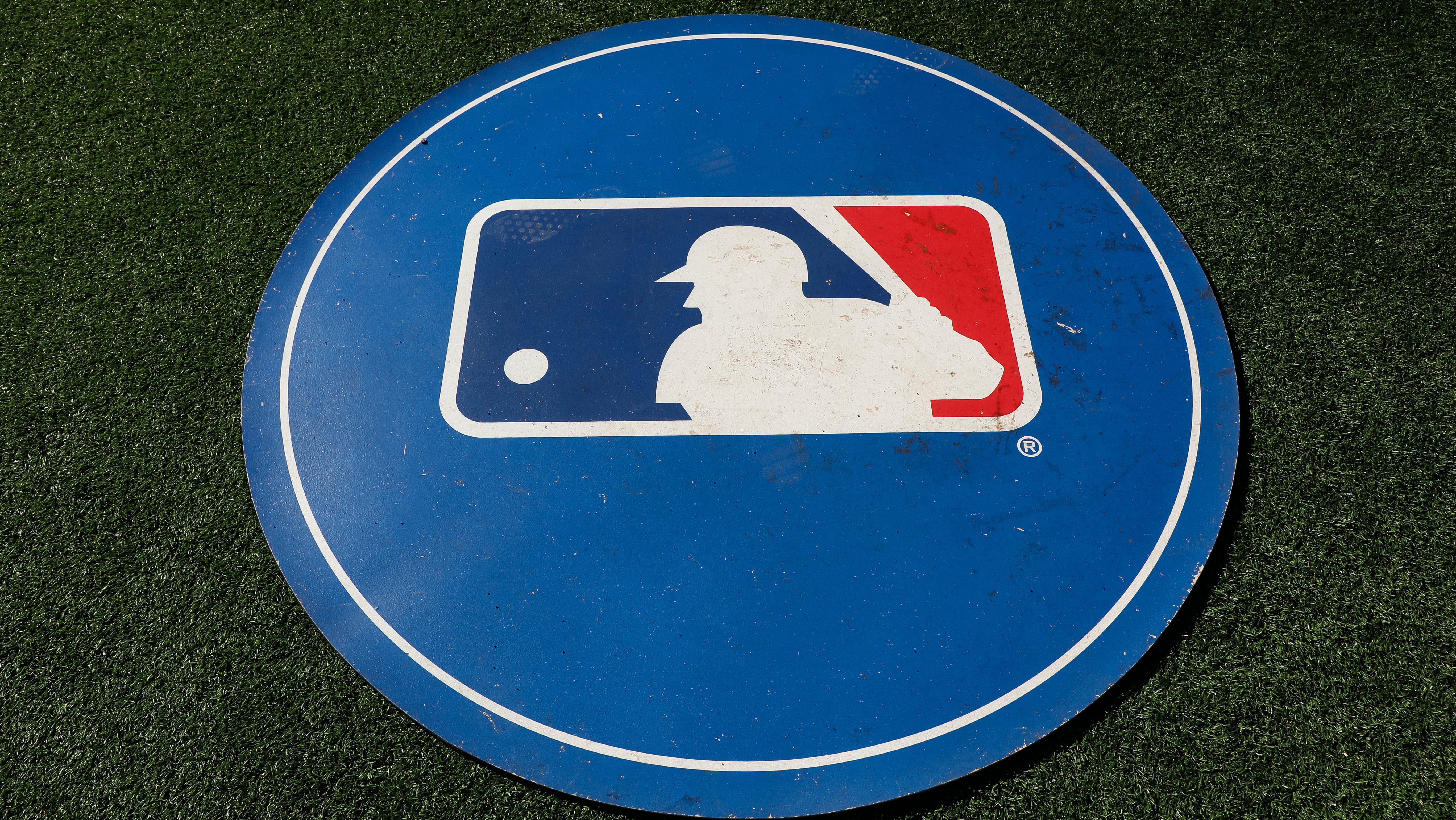Cole Hamels had the best game of his season last night, throwing 114 pitches in a complete game win.
Cubs' fans will tell you this was the Cole Hamels they traded for, but there's not a soul on the North Side that could have predicted just how good he's been for them. So what's changed?
Let's start with a look at Hamels' rolling ERA over the 2018 season:
It's not great! When the lowest benchmark on the ERA Y-axis is 3.50, you're having a bad season. What's interesting, though, is the sharp drop in ERA that starts right at Game 20. The date? July 23rd -- his last game as a member of the Texas Rangers. That day the Oakland Athletics slapped him around for seven runs on nine hits, and his day was done after five innings. His ERA when he left the mound was 4.72
In the five games since, his ERA has dropped almost a full run, now hovering at 3.82. In those five starts, Hamels has never allowed more than one run per game and has pitched into the sixth inning or better in four of them. When asked about his Cubs' success, here's what he had to say:
"Sometimes when you strive to get out of something, you make it worse. You kind of have to give in and get back to the basics," Hamels said. "When you’re able to execute pitches, you don't have to strike everybody out. I think that sometimes becomes a factor for a lot of us when things aren’t going right. You just want to strike out the world."
MLB
Platitudes aside, he's not wrong. He's throwing strikes again, which is about as basic as basic gets. Hamels has a career BB% at 6.7 percent. In three of his four All-Star seasons, he's kept his BB% under six percent. In Texas this season, he was walking batters at an eight percent clip. Since joining the Cubs? 6.4. It hasn't come at the sacrafice of strikeouts, either, as his K-rate has held steady at 23 percent.
Why the better command? Look at how Hamels' pitch selection has changed over the course of the season:
Since mid-June, he's almost doubled the rate at which he throws his four-seamer. And now look at how his four-seamer compares to the other fastballs he throws:
His four-seamer location has changed dramatically since his arrival, too. Put side-by-side, you can see how drastic his zone approach has been since being traded. The top represents his time with Texas, and on the bottom, Chicago:
He's coming in *much* more frequently on right-handed hitters. That's significant because of the 629 batters he's face this season, 530 have been right handed. That's 84 percent.
Of the 23 homers Hamels has allowed this year, 22 have come off a right-handed bat. He's yet to allow a right-handed (or any) home run as a Cub, and righties are hitting a paltry .215/.280/.231 against him since the trade. In Texas, that line was .251/.326/.486.
So what's been different about Hamels? He's getting ahead in the count again. In Texas, Hamels was getting into a 0-1 count 40 percent of the time. In Chicago? The sample size is still small, but right now he's getting a first pitch strike 57 percent of the time.
Getting ahead in the count, and locating your fastball. Like he said, it's all about getting back to the basics.







